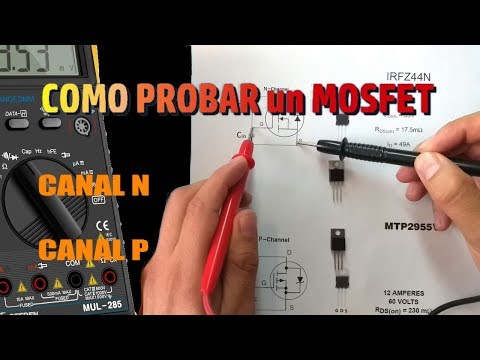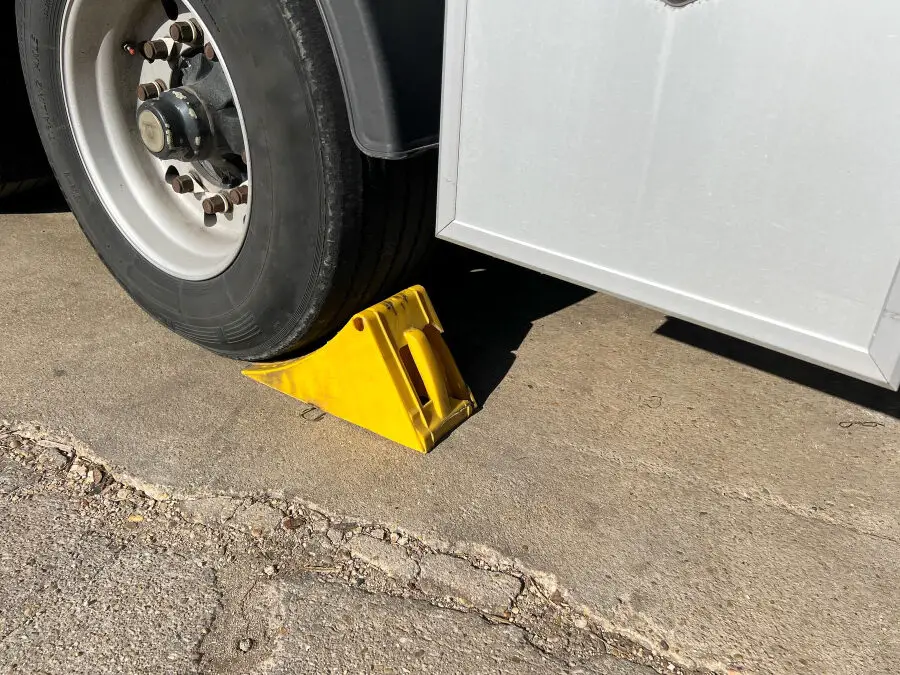Discover how MOSFETs are damaged: causes and solutions
MOSFETs are fundamental electronic components in most of today's electronic devices. However, despite their great importance, these devices are also susceptible to damage that can affect their operation. In this article, you will learn what are the most common causes that can lead to a MOSFET being damaged and what are the solutions to prevent and solve these problems. If you are an electronics hobbyist or a professional in the field, this article will be of great help to you in understanding how to protect and keep your electronic circuits in good condition.
Avoid failures in your electronic devices: Learn how MOSFETs are damaged and how to avoid it
Discover the cause behind burned-out MOSFETs and how to prevent it in your electronic circuits
MOSFETs are electronic components widely used in power circuits, since they allow large currents to be controlled with a small input signal. However, these devices can burn out if not used correctly, which can cause circuit failure and damage other components.
One of the most common causes of MOSFET burn-in is excess temperature. When these devices work with high currents, large amounts of heat are generated that can damage the internal structure of the component. To avoid this, it is important to use heat sinks and ensure that the MOSFET temperature does not exceed the limits recommended by the manufacturer.
Another common cause of MOSFET burn-in is short circuit in the power circuit. When a short circuit occurs, the current increases sharply and can exceed the maximum current that the MOSFET can handle, causing it to burn. To prevent this, it is advisable to use fuses or short circuit protection devices in the power circuit.
Finally, it is important to note that the quality of the MOSFETs used in the circuit can also influence its durability. It is advisable to use quality components from recognized brands to avoid long-term problems.
In conclusion, MOSFET burn-in in power circuits can be avoided if proper measures are taken, such as using heat sinks, short circuit protection devices, and quality components. It is important to remember that the correct use of these components is essential for the correct functioning of the circuit and to avoid costly damage to other components.
Have you had problems with MOSFET burn-in in your electronic circuits? What measures have you taken to prevent it? Share your experience in the comments!
5 essential tips to keep your MOSFET transistor in perfect condition
The MOSFET transistor is one of the most important components in modern electronics, and its proper maintenance is essential for its correct operation. Below, we present 5 essential tips to keep your MOSFET transistor in perfect condition:
- Avoid overload: The MOSFET is sensitive to overload, so it is important to prevent it from being subjected to a current greater than the capacity it can withstand. If this happens, it can be burned and irreversibly damaged.
- Control the temperature: The MOSFET is also temperature sensitive, so it is important to keep it in a cool, well-ventilated environment. If it gets too hot, it may be damaged and its performance will be affected.
- Protect polarity: It is important to protect the polarity of the MOSFET, as if connected incorrectly it can be permanently damaged. Be sure to read the component specifications and follow the manufacturer's instructions to avoid problems.
- Use a heat sink: If you are going to use the MOSFET in high power applications, it is advisable to use a heat sink to prevent it from overheating. This will increase the life of the component and ensure its proper functioning.
- Clean contacts: Finally, it is important to regularly clean the MOSFET contacts to prevent dirt and oxidation buildup. Use a specific contact cleaner and avoid the use of abrasive products that could damage the component.
In conclusion, proper maintenance of the MOSFET transistor is essential for its correct operation and long life. By following these tips, you will be able to keep your MOSFET in perfect condition and guarantee its optimal performance in your electronic projects.
What other tips would you add to keep the MOSFET transistor in perfect condition?
Discover how to verify the operation of a MOSFET without failing in the attempt
MOSFETs are field effect transistors that are used in a wide variety of electronic applications. However, like any electronic component, they can fail and it is important to know how to verify their operation.
One way to do this is by using a multimeter. First, make sure you have the correct settings on your multimeter (diode or continuity mode). Next, place the multimeter leads on the MOSFET terminals.
If the MOSFET is working correctly, you should read very high resistance in both directions. If you read very low resistance in both directions, the MOSFET is probably shorted. If you don't read any resistance in either direction, the MOSFET is open circuit and not working.
Another way to check the MOSFET is by using an oscilloscope. Connect the oscilloscope to the power supply and MOSFET. If the MOSFET is working correctly, you should see a signal at the output of the MOSFET on the oscilloscope. If you don't see any signal, the MOSFET is probably shorted or open circuited.
You can also check the MOSFET visually. If you see any signs of burning or physical damage to the MOSFET, it is likely damaged and should be replaced.
In summary, verifying the operation of a MOSFET is important to ensure the correct functioning of electronic circuits. Using a multimeter, oscilloscope, or checking visually, you can ensure that the MOSFET is working correctly.
Always remember to take safety precautions when working with electronic components and follow the manufacturer's instructions.
Have you had any experience verifying the operation of a MOSFET? Share your comments and suggestions in the comments section!
Discover how to operate a MOSFET simply and effectively
MOSFETs are electronic devices that allow you to control the flow of current in a circuit effectively. Their use is very common in power electronics, since they can handle large currents and voltages.
To operate a MOSFET in a simple way, it is important to know its structure and operation. MOSFETs consist of three terminals: the source, the drain and the gate. Current flows from the source to the drain, and the gate is responsible for controlling that current.
To activate the MOSFET, it is necessary to apply a positive voltage to the gate with respect to the source. This creates a channel between the source and drain, allowing current to flow. On the other hand, if a negative voltage is applied to the gate, the channel is closed and current cannot flow.
It is important to note that MOSFETs have a limited current and voltage capability, so it is necessary to choose the appropriate MOSFET for each application. In addition, it is advisable to use a protection diode in parallel to the MOSFET to avoid damaging the device due to surges or reverse currents.
In summary, operating a MOSFET simply and effectively requires knowing its structure and operation, choosing the appropriate MOSFET for each application, and using a protection diode in parallel. With this knowledge, efficient and safe circuits can be designed.
In power electronics, MOSFETs are a fundamental tool for controlling current and voltage in high power circuits. Knowing how they work and how to use them effectively is essential for any engineer or electronics enthusiast.
We hope you found this article helpful in understanding how MOSFETs break down and how to fix their problems. Remember that, if you have any questions or problems, it is always advisable to go to an electronics expert.
Until next time!




0 comments